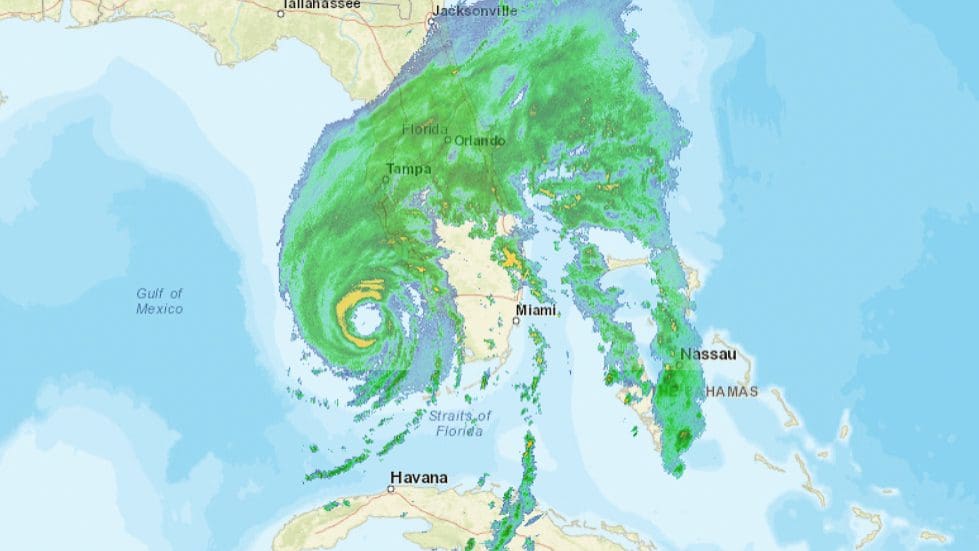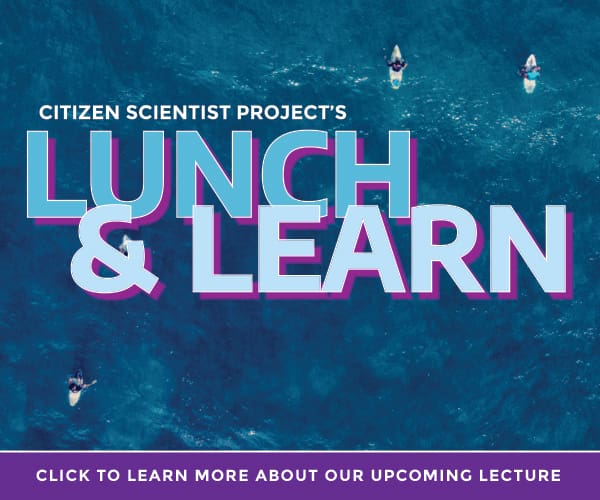Scientists are looking at the latest advance in computer science – artificial intelligence to better predict mammoth hurricanes, raging wildfires and increased coastal flooding e.
Professor Ben Kirtman at A the University of Miami’s Rosenstiel school is leading the AI effort with three new federal grants totaling more than $3 million.
The grants are from the National Science Foundation and the National Oceanic and Atmospheric Administration (NOAA) and will be used to improve predictive analytics on three fronts.
AI is just one of the tools Kirtman plans to employ. “Artificial intelligence is useful, but it’s not a panacea,” he said. “The reason is because a lot of these AI tools we develop – at least in the climate game – require a stationary climate.”
And the Earth’s climate is anything but stationary over time, he said. “The AI part is particularly challenging.”
Overall, the goal of the research is to improve computer models so that they better reflect the physics at play in the planet’s climate system.
A $750,000 grant will focus on coastal flooding in East Coast municipalities like Key Biscayne, aiming to give local communities long-term flood predictions that go beyond just anticipating hurricane storm surge.
By 2050, flood frequency is projected to more than triple to reach a national average of as high as 85 flood days per year, according to NOAA. The Northeast, Southeast, and Gulf Coasts have experienced the largest historical increase in high tide flooding.

Kirtman says again the goal is to be able to predict more precisely such events. He sees his research changing the nightly news weather forecast.
UM researchers Emily Becker, Brian Soden and Brian McNoldy will join Kirtman’s team to look at coastal flooding.
McNoldy said little is known about predicting the severity of high tides besides their connection to the lunar cycle. Knowing more could help municipalities be better prepared for flooding events, he said.
“It could certainly help places look ahead more than we currently do,” McNoldy said of the research. “It can kind of give them a heads up.”
Kirtman will see if they can better predict areas prone to wildfires so first-responders can be proactive rather than reactive. Kirtman was awarded $823,000 for this project.
He will be working with Rosenstiel alumna Sarah Larson – now a climate scientist at North Carolina State University – on studies on wildfires, as well as El Niño.
Currently, there are a suite of different global climate models, each with their strengths and weaknesses, he explained.
“What we’re doing as part of this project is we’re trying to bring all those models together, apply machine learning, or what’s called artificial intelligence, in order to produce a better forecast,” he said.
Wildfires have been on the increase in the U.S. Between 2011 and 2020, about 7.5 million acres burned each year on average. That is twice as much as the 10-year-average of 2.7 million acres that was scorched by wildfires between 1983 and 1992.
What else can be learned about El Niño?
The warmer sea surface waters in the Pacific Ocean, along with decreased air pressure, weakens trade winds. As a result, hurricane development is often curtailed – especially in the Gulf of Mexico. It can also affect how marine life migrates.
“We don’t have a good grasp at all about how far into the future we can predict. We think if we make a forecast in June for the following winter,” he said. “But we have a harder time if we make a forecast in February.”
The research – funded by a $1.5 million NOAA grant – aims also to be able to better forecast the intensity of an El Niño event.
“Your weather forecast guy is going to say, ‘Well, it looks like on Friday during high tide there’s a good chance you’re going to add six inches of water in these areas,” Kirtman said.
JOHN PACENTI is the executive editor of the Key Biscayne Independent. John has worked for The Associated Press, the Palm Beach Post, Daily Business Review, and WPTV-TV.



